For the last couple of generations, AMD has been fiercely competing with Nvidia at the high end of the graphics card market. Now, with the AMD Radeon RX 9070 XT, Team Red has strategically shifted its focus from the ultra-high-end, leaving the RTX 5090 to dominate that segment. Instead, AMD is targeting the majority of gamers with a card that offers exceptional value and performance—the AMD Radeon RX 9070 XT. Priced at $599, this card not only competes head-to-head with the $749 GeForce RTX 5070 Ti but also introduces AMD's first AI upscaling technology, FSR 4, making it an ideal choice for 4K gaming without breaking the bank.
Purchasing Guide
----------------The AMD Radeon RX 9070 XT will be available starting March 6, with a starting price of $599. Be aware that prices may vary, especially with third-party models that could be priced higher. Aim to purchase one under $699 to get the best value.
AMD Radeon RX 9070 XT – Photos
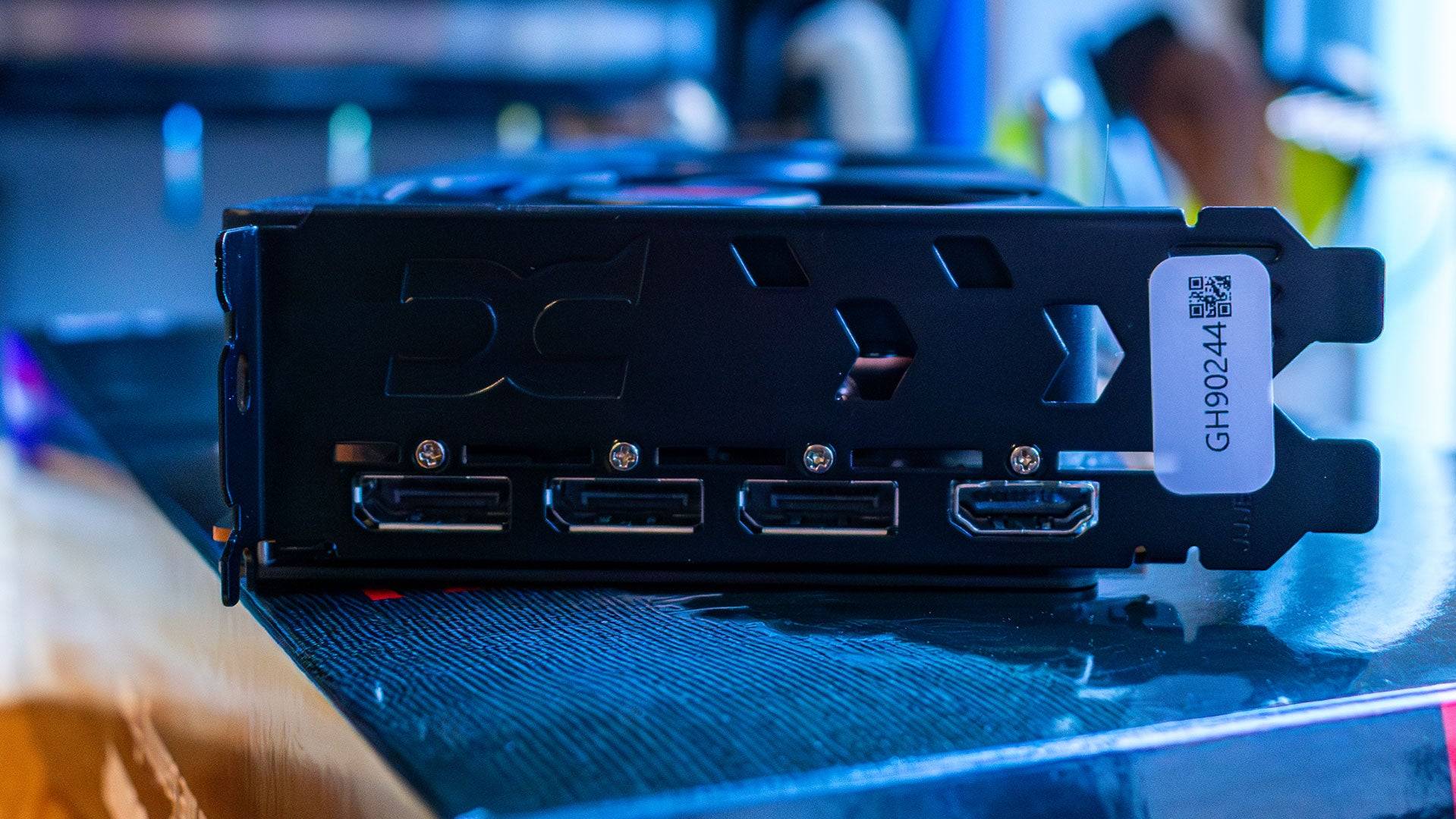
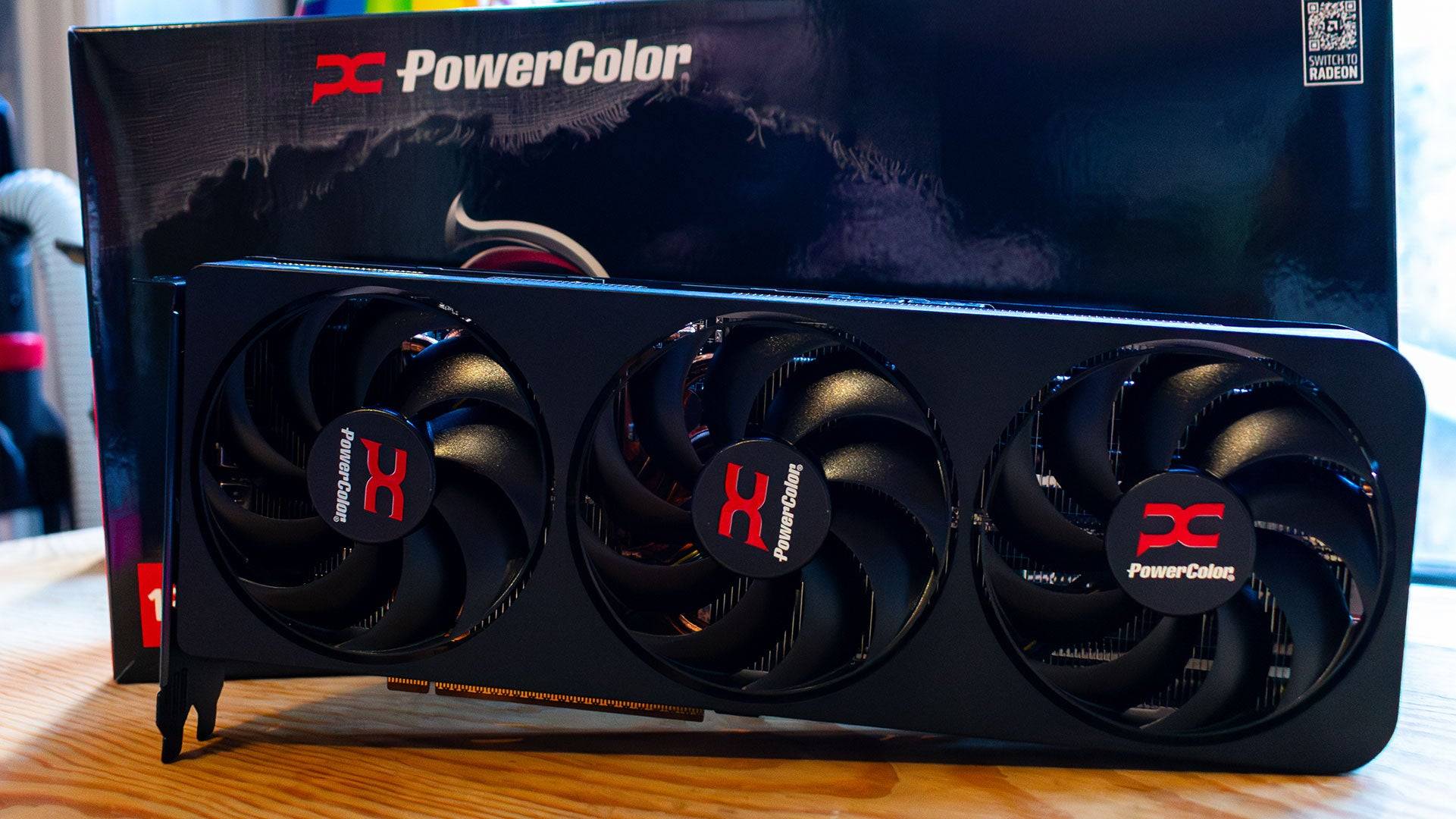 4 Images
4 Images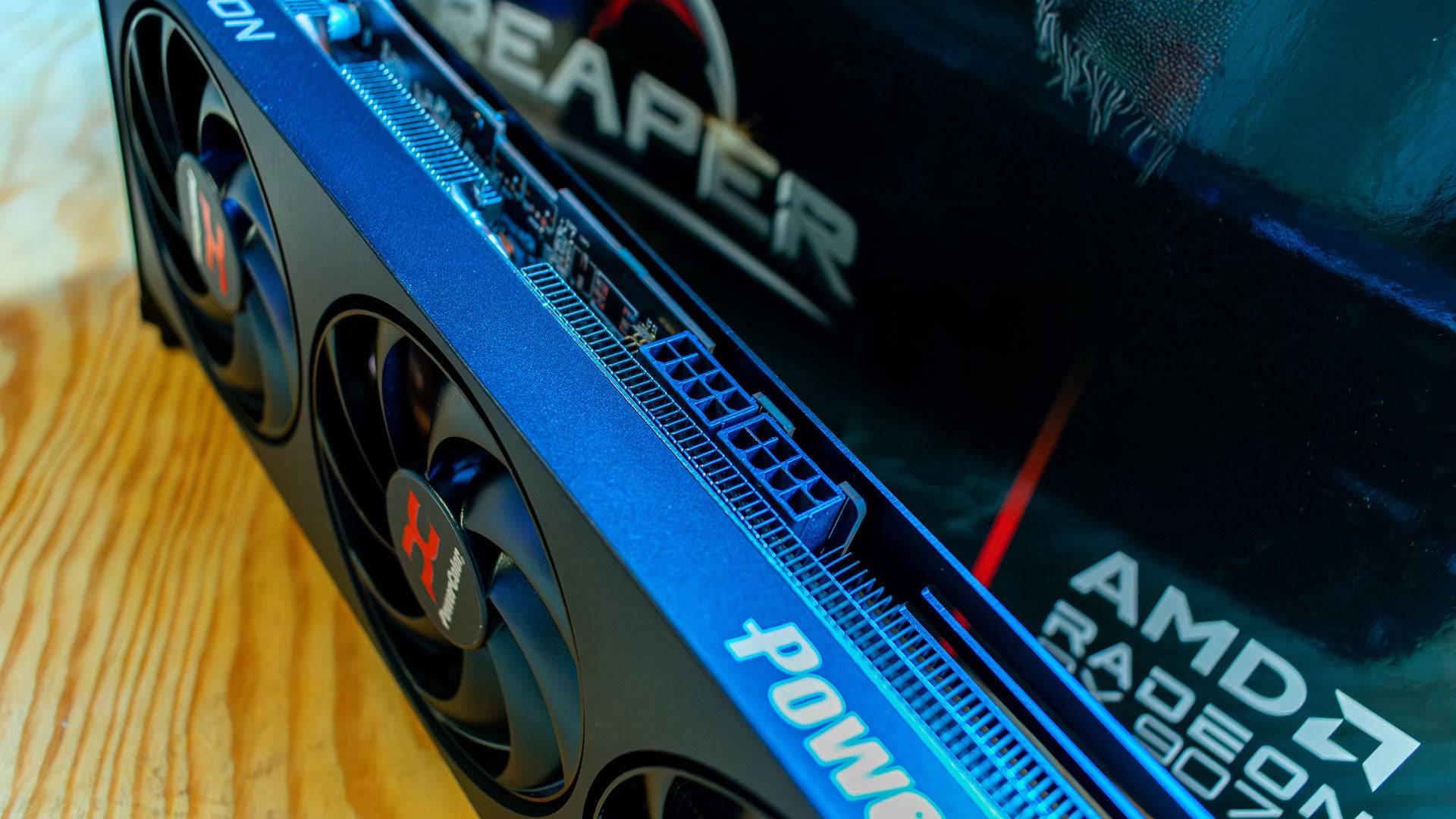
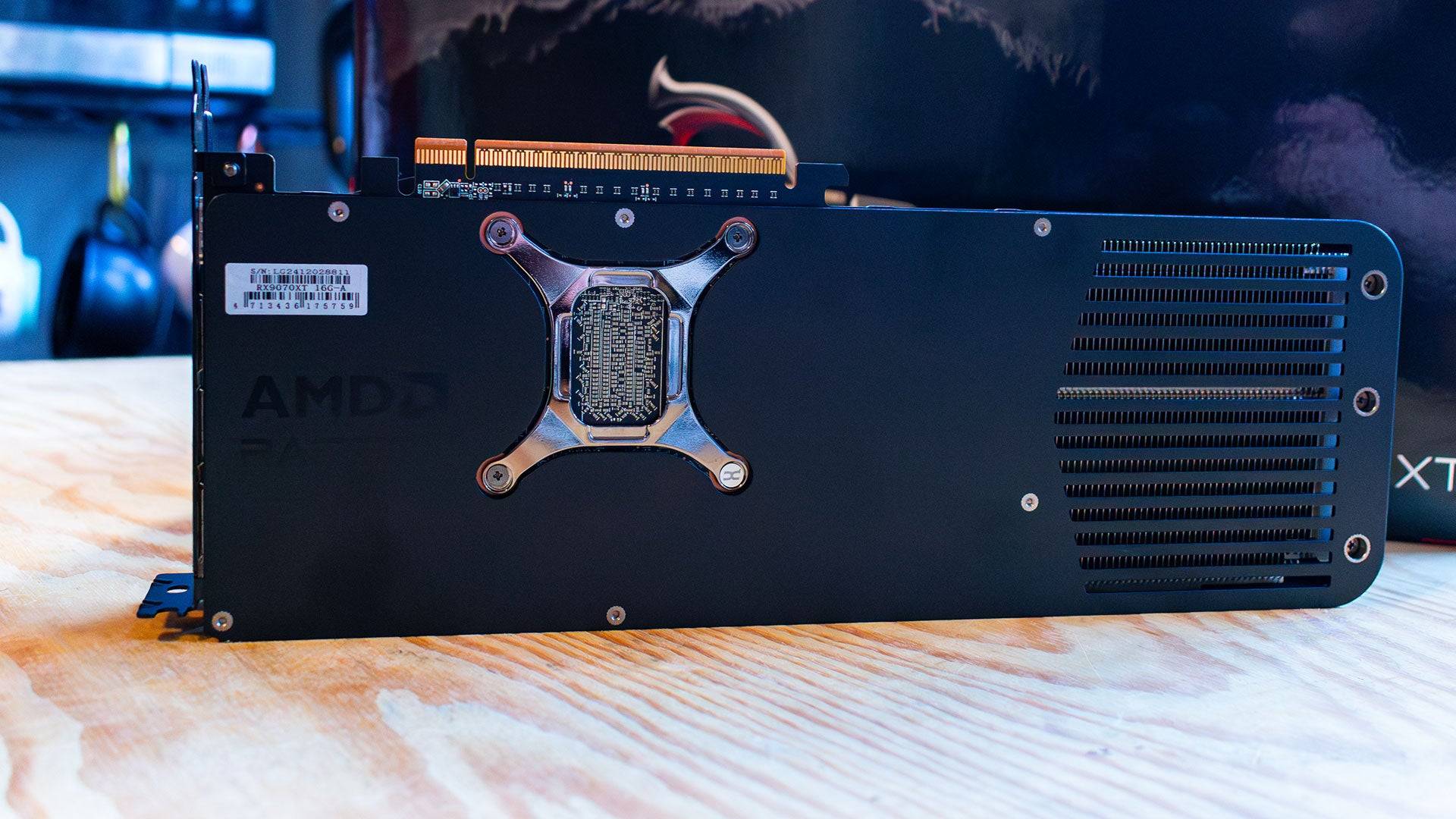
Specs and Features
------------------Built on the RDNA 4 architecture, the AMD Radeon RX 9070 XT showcases significant advancements, particularly with its new RT and AI Accelerators. The AI Accelerators power FidelityFX Super Resolution 4 (FSR 4), marking AMD's debut in AI upscaling. While FSR 4 may not boost frame rates as much as FSR 3.1, it significantly enhances image quality, offering gamers a more detailed visual experience. Users can easily toggle FSR 4 on or off via the Adrenalin software, depending on their preference for frame rates or image quality.
AMD has also refined its shader cores, boosting per-core performance. Although the Radeon RX 9070 XT features fewer Compute Units (64) than its predecessor, the RX 7900 XT (84), it delivers a notable performance increase at a more affordable launch price. Each Compute Unit contains 64 Streaming Multiprocessors, totaling 4,096, alongside 64 ray accelerators and 128 AI accelerators.
The RX 9070 XT comes with 16GB of GDDR6 memory on a 256-bit bus, a slight downgrade from the RX 7900 XT's 20GB on a 320-bit bus. Despite this, the memory configuration remains sufficient for 4K gaming. The new architecture is more efficient, requiring a 304W power budget, only slightly higher than the RX 7900 XT's 300W, yet actual power consumption in testing was lower at 306W compared to the older card's 314W peak.
Cooling the RX 9070 XT is straightforward due to its standard power budget. Notably, AMD has opted out of a reference design, leaving the market to third-party manufacturers. The reviewed Powercolor Radeon RX 9070 XT Reaper features a compact triple-fan design, maintaining temperatures at 72°C during testing.
The card uses two standard 8-pin PCI-E power connectors, making it a simple upgrade for most users, provided they have a 700W power supply. Connectivity includes three DisplayPort 2.1a and one HDMI 2.1b, meeting modern standards, though the addition of a USB-C port would enhance flexibility.
FSR 4
-----AMD's introduction of FSR 4 with the Radeon RX 9070 XT brings an AI upscaling solution that rivals Nvidia's DLSS. Unlike the temporal upscaling of FSR 3, FSR 4 leverages AI accelerators to upscale images with improved accuracy, enhancing visual quality at the cost of a slight performance drop. For instance, in Call of Duty: Black Ops 6 at 4K with FSR 3.1, the RX 9070 XT achieved 134 fps, dropping to 121 fps with FSR 4, a 10% performance hit, but with enhanced image quality. Similarly, in Monster Hunter Wilds, the card hit 94 fps with FSR 3 and ray tracing, but 78 fps with FSR 4, a 20% decrease. This trade-off is expected, given the more resource-intensive nature of AI upscaling, and AMD assures that the improved visuals will be worth it for those prioritizing image quality over raw performance.
AMD Radeon RX 9070 XT & 9070 – Benchmarks
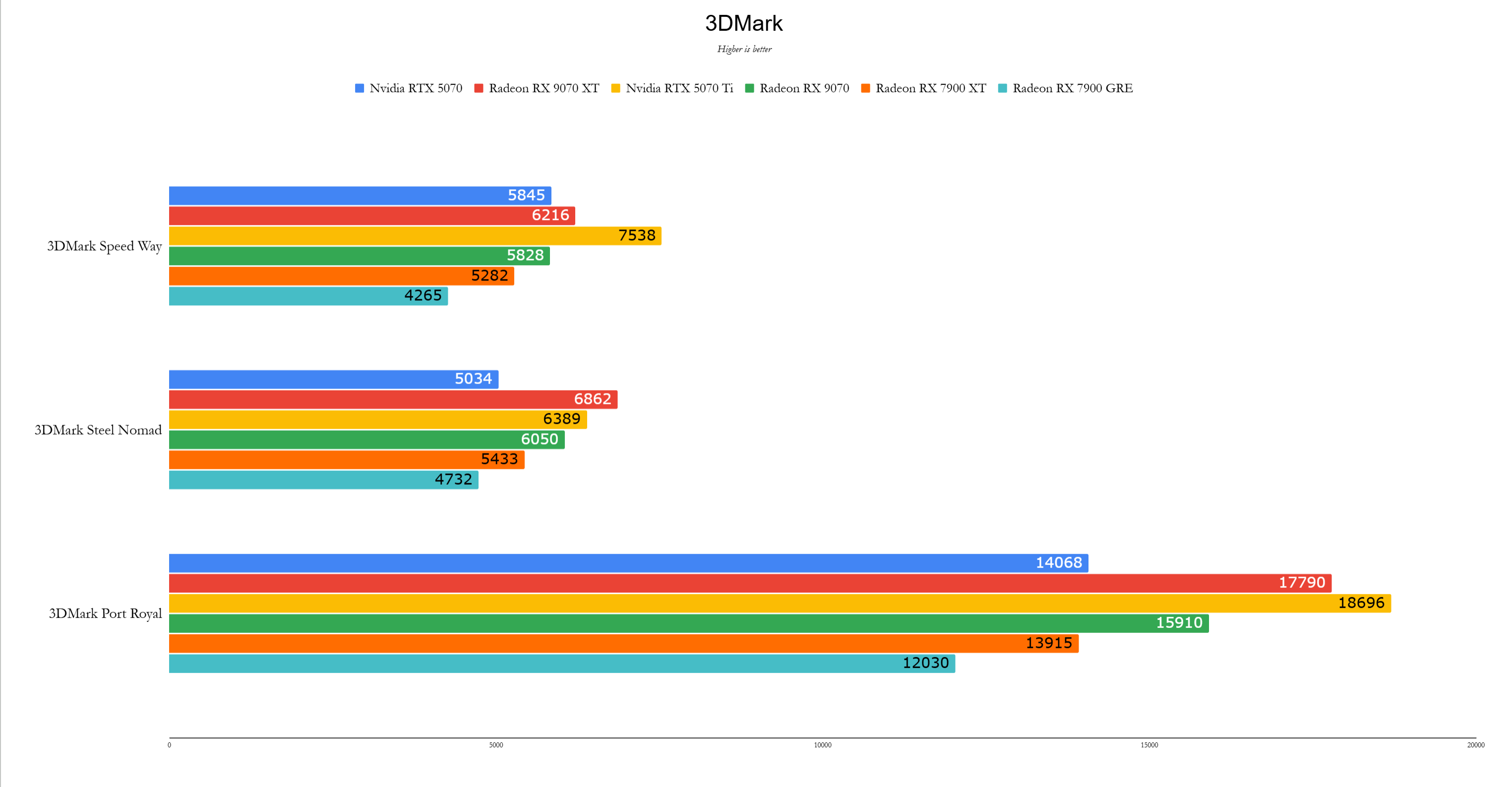
 11 Images
11 Images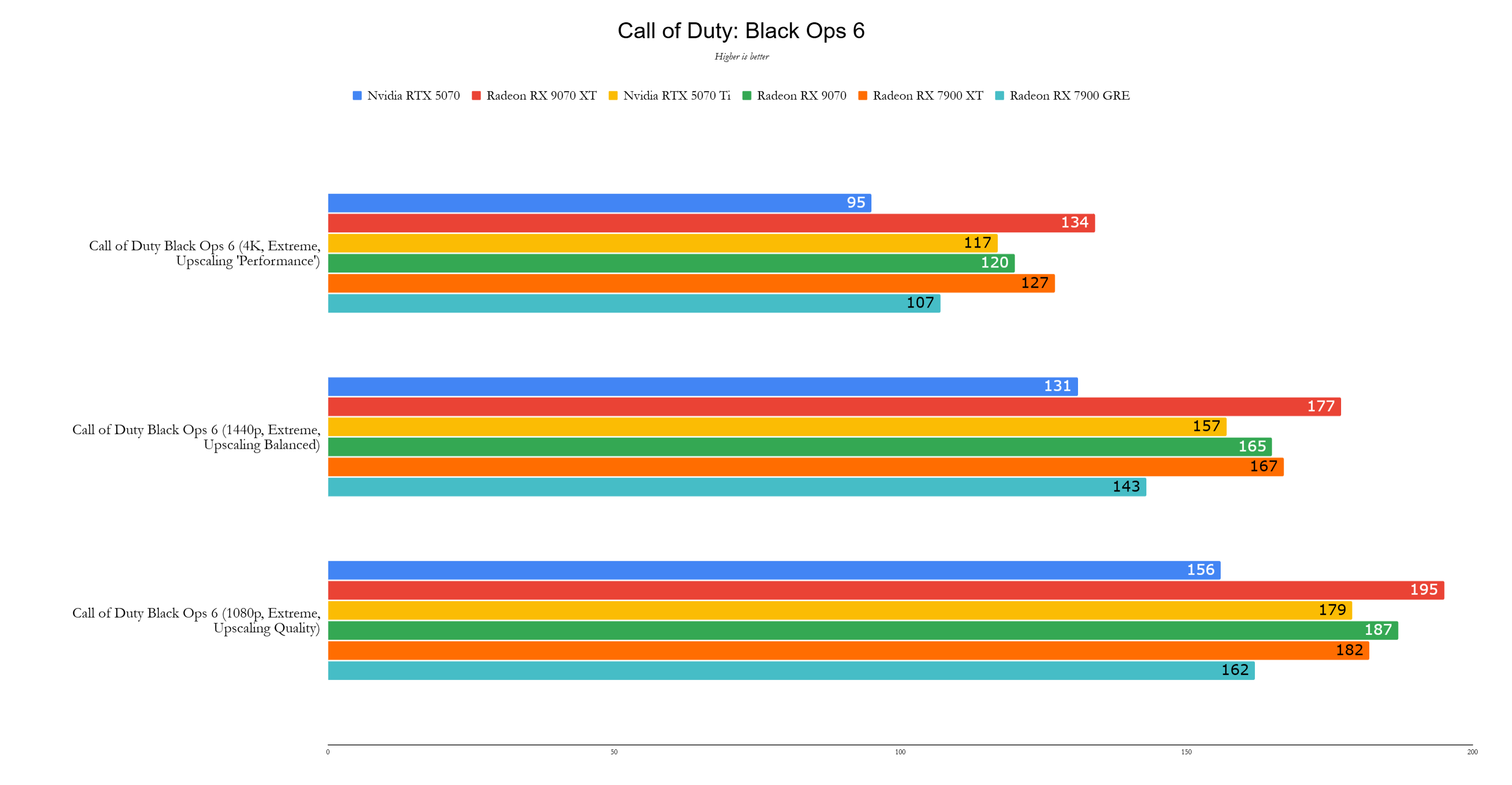
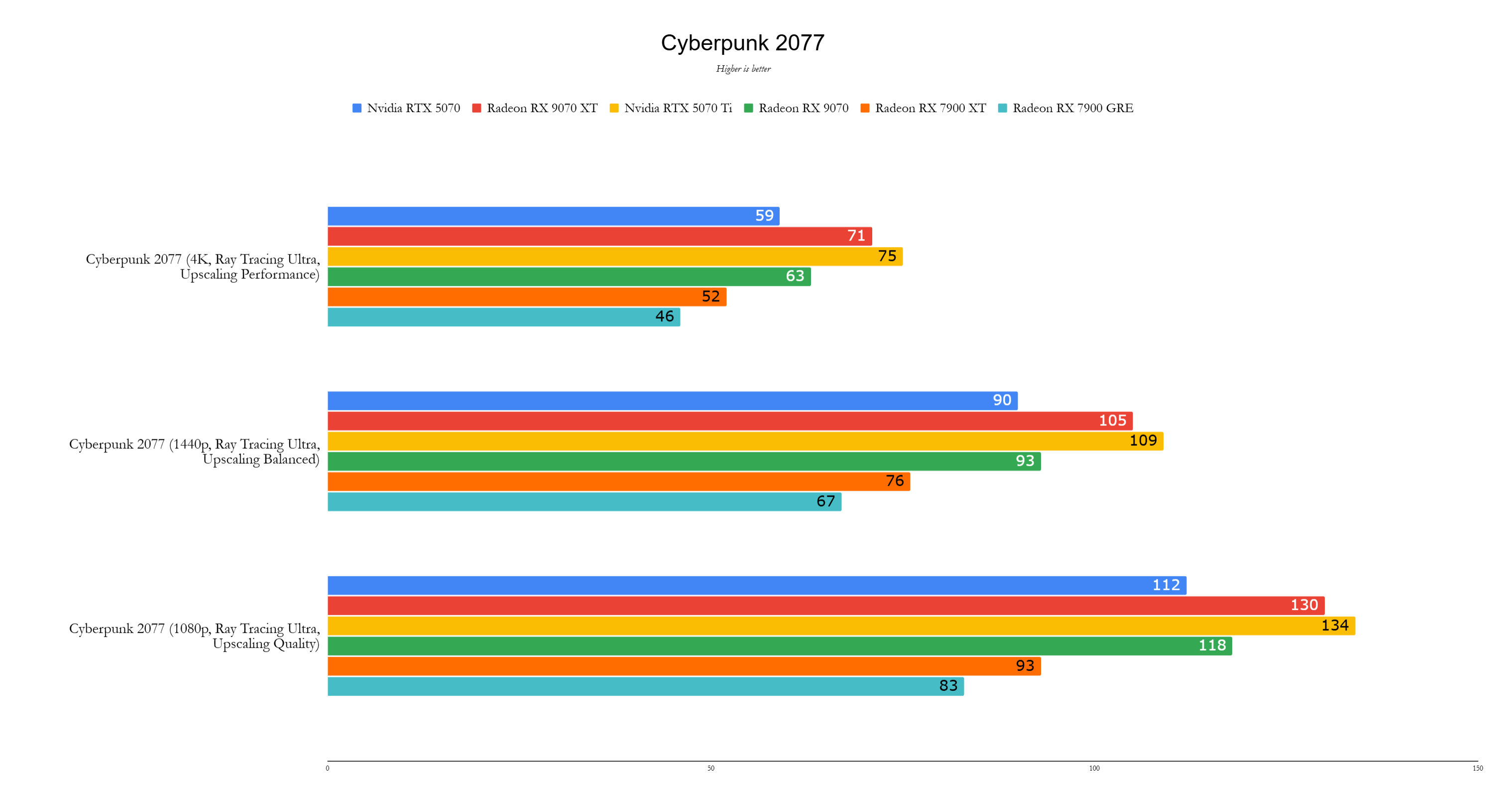
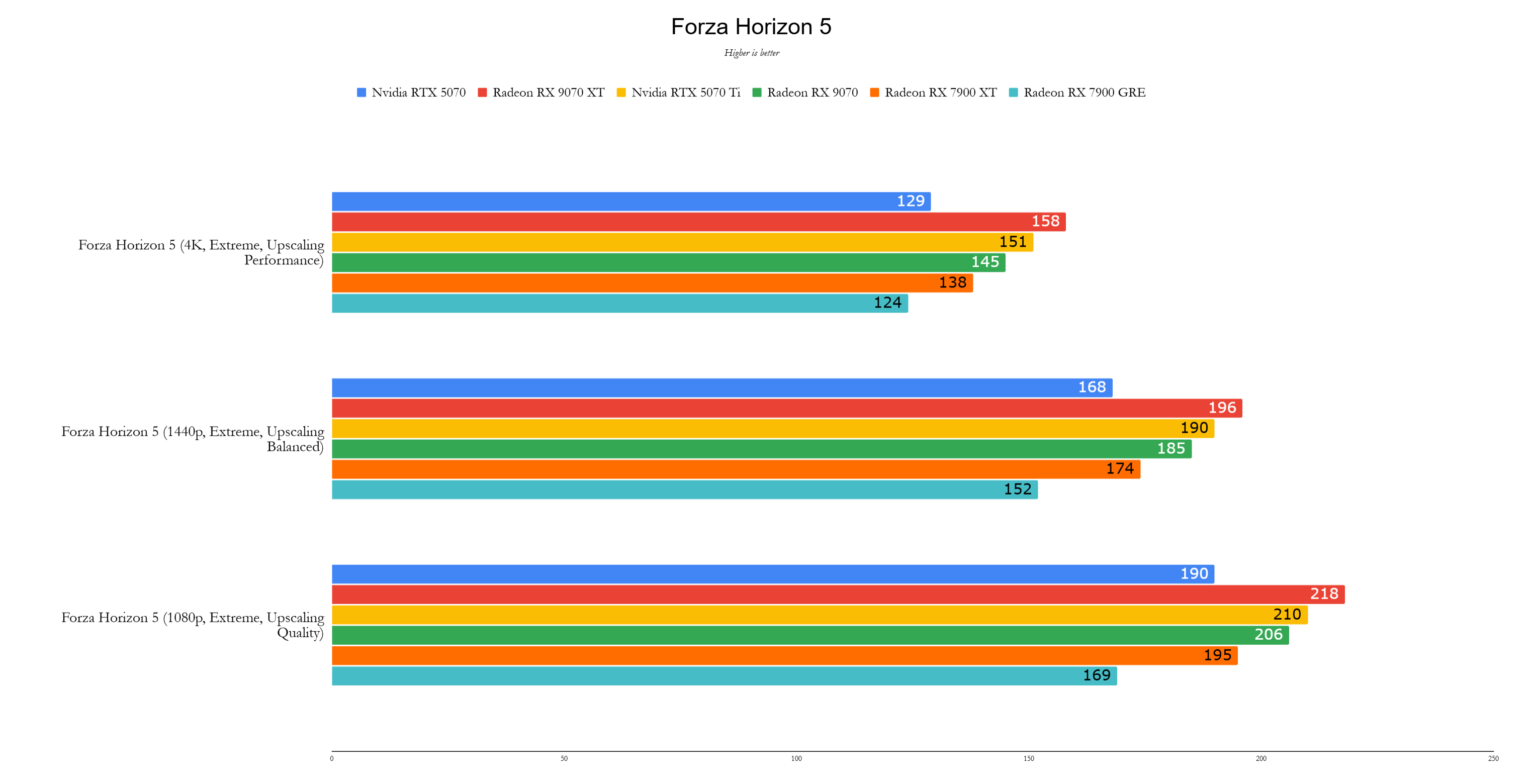
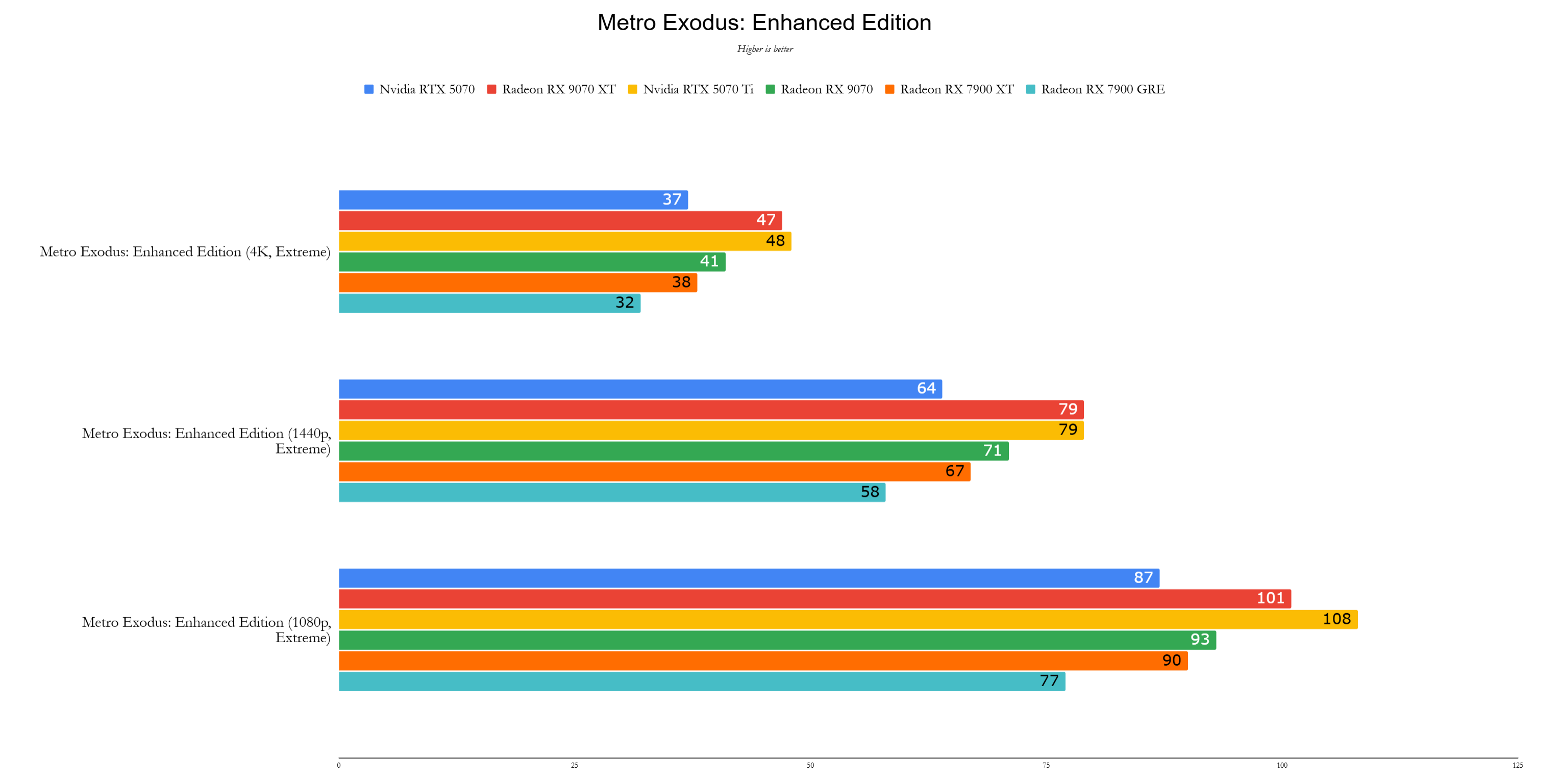
Performance
-----------The AMD Radeon RX 9070 XT delivers impressive performance at a competitive $599 price point, outperforming the Nvidia GeForce RTX 5070 Ti by 2% on average, despite being 21% less expensive. This card shines at 4K, maintaining its lead even with ray tracing enabled, making it an excellent choice for entry-level 4K gaming.
Testing was conducted with the latest drivers available, ensuring accurate comparisons. In 3DMark benchmarks, the RX 9070 XT showed a 18% improvement over the RX 7900 XT in Speed Way and a 26% increase in Steel Nomad, even outperforming the RTX 5070 Ti by 7% in the latter.
In specific game tests, the Radeon RX 9070 XT demonstrated strong performance across various titles. In Call of Duty: Black Ops 6, it outpaced the RTX 5070 Ti by 15%. In Cyberpunk 2077, the performance gap narrowed to just 5% in favor of the RTX 5070 Ti, showcasing the RX 9070 XT's competitive edge at a lower price point. Metro Exodus saw the RX 9070 XT achieve 47 fps at 4K, closely matching the RTX 5070 Ti's 48 fps, and significantly outperforming the RX 7900 XT's 38 fps.
Red Dead Redemption 2 highlighted the RX 9070 XT's Vulkan performance, achieving 125 fps compared to the RTX 5070 Ti's 110 fps. However, in Total War: Warhammer 3, the RX 9070 XT trailed the RTX 5070 Ti by 13%. In Assassin's Creed Mirage, it reclaimed its lead, outperforming the RTX 5070 Ti by 12% and the RX 7900 XT by 9%. The RX 9070 XT also excelled in Black Myth Wukong, surpassing the RTX 5070 Ti by 8% at 4K with ray tracing enabled, demonstrating the effectiveness of its new Ray Accelerators. Forza Horizon 5 further solidified its position, with a 5% performance increase over the RTX 5070 Ti.
Announced quietly at CES 2025, the AMD Radeon RX 9070 XT feels like a strategic move by AMD to offer a compelling alternative to Nvidia's Blackwell series. At $599, it represents a return to more reasonable pricing in the graphics card market, offering flagship performance without the exorbitant cost of the RTX 5080 or RTX 5090. While not the absolute fastest on the market, the RX 9070 XT stands out as a worthy flagship option, reminiscent of the GTX 1080 Ti's impact back in 2017.



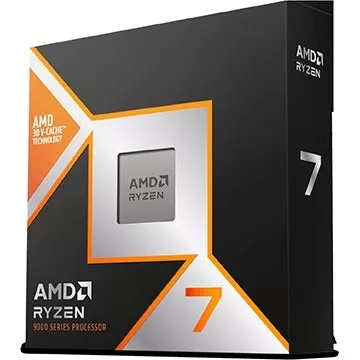
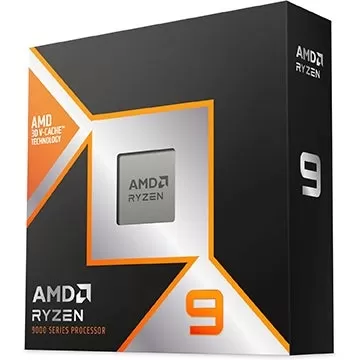
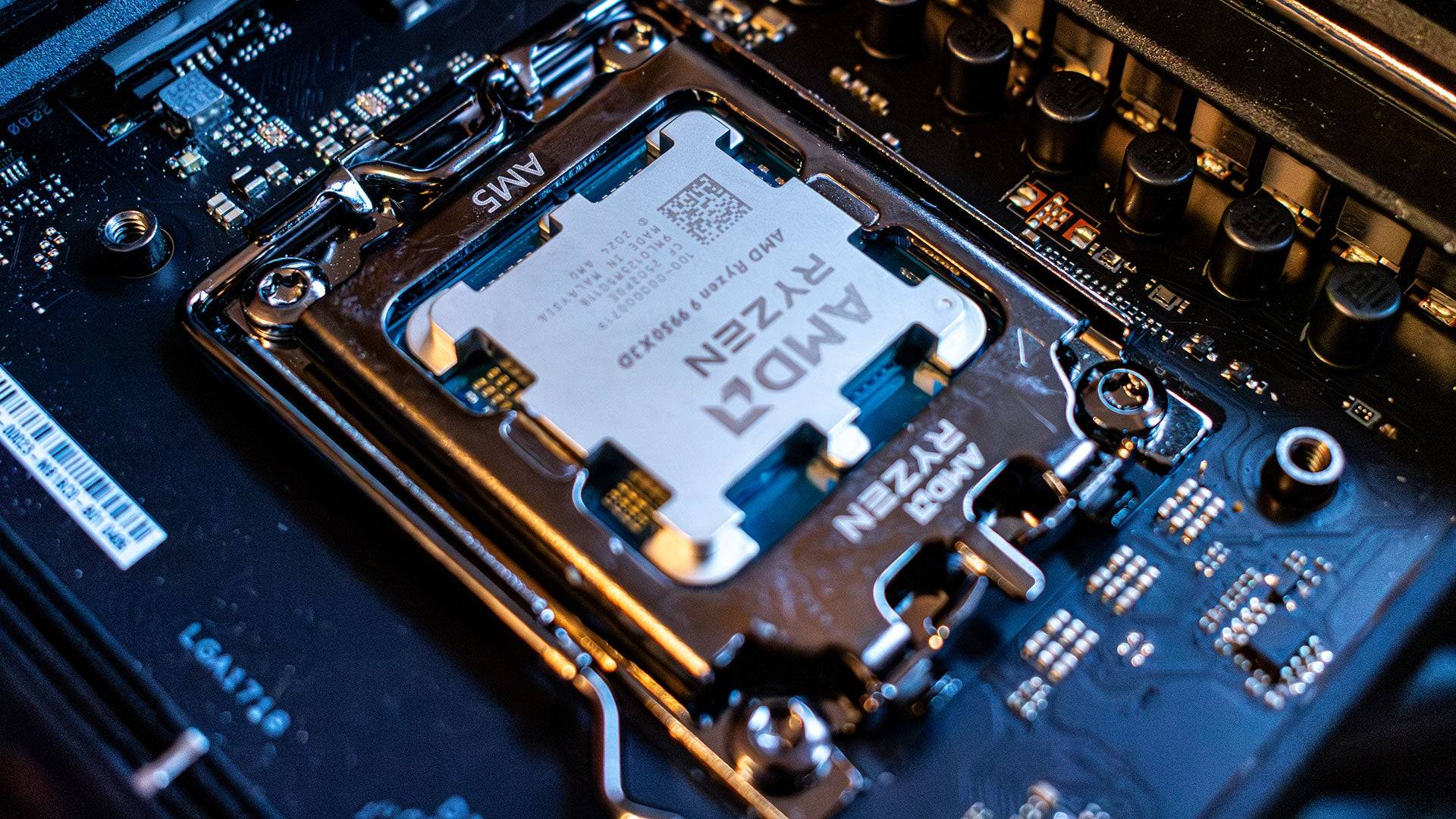


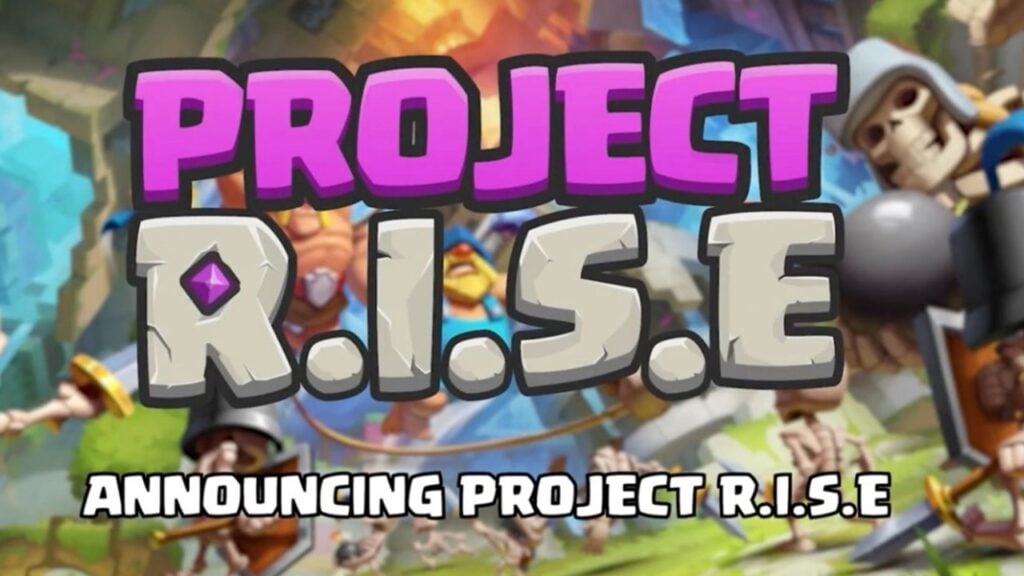
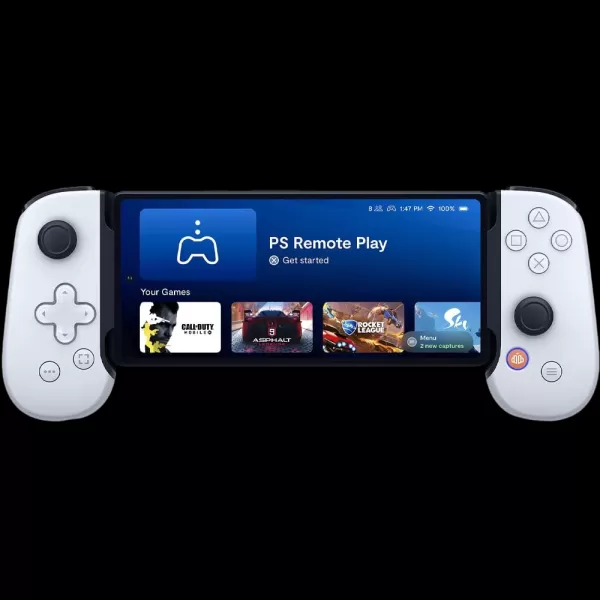
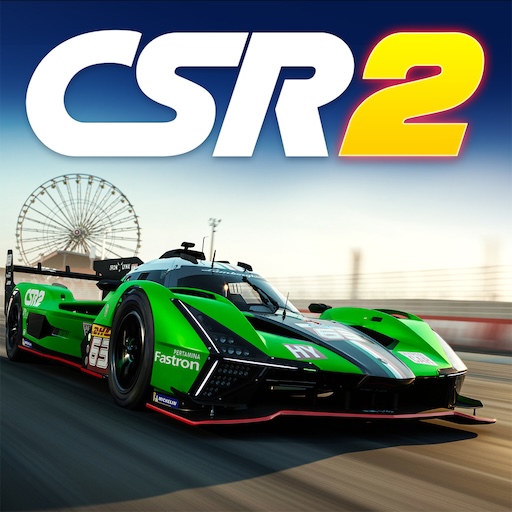
![Taffy Tales [v1.07.3a]](https://imgs.xfsxw.com/uploads/32/1719554710667e529623764.jpg)











